Letter recognition is a fundamental part of learning how to read. Without it, children struggle learning letter sounds and recognizing words. Children who cannot recognize letters and name them with their sounds have difficulty learning how to read.
Learn more about what letter recognition is and how to develop letter recognition skills in preschoolers.
Tips and Tricks for Teaching Recognition of Letters to Preschoolers
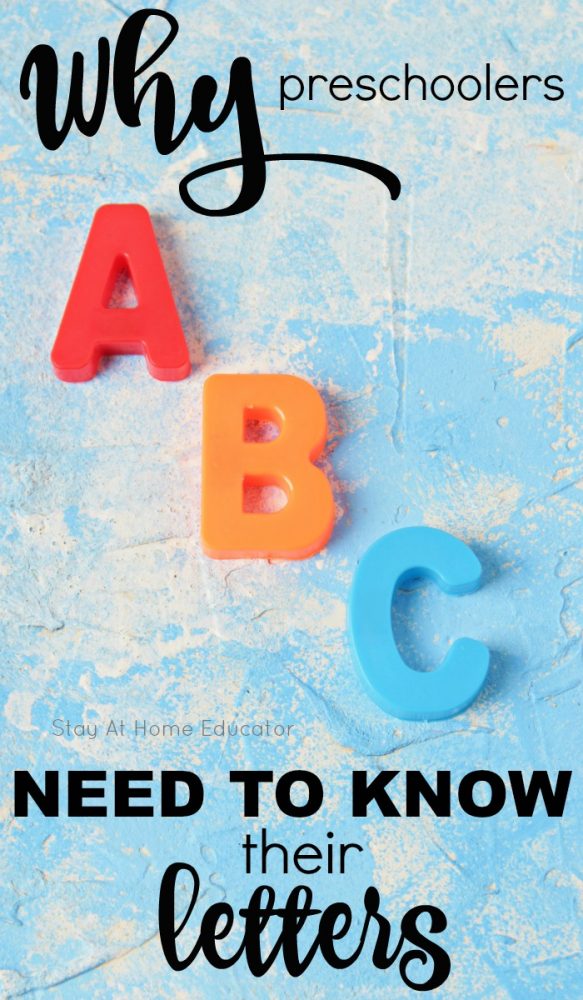
Beginning reading instruction has an extensive history of beginning with recognition of letters. The very first schoolbooks brought to America from England, called The Protestant Tutor, started with the teaching the letters of the alphabet, as did the first reading books produced here (New England Primer).
They were not off-base.
Research has long supported the approach to teaching reading with letter recognition. The fact is that beginning readers’ knowledge of the alphabet is a strong predictor of later reading success.
The National Early Literacy Panel (NELP) meta-analyzed 52 such studies that had connected alphabetic knowledge, (including letter recognition and sounds generation), with the later decoding ability of 7,570 kids and found a strong relationship between the two.
The more letter names the kids knew, the greater their later success in decoding.
And the importance of letter recognition continues to be proven repeatedly. And letter sounds are just as important, as written in this article: Sound Foundations: Enhancing Early Literacy Through Letter Sound Recognition.
What is Letter Recognition?
Letter recognition is the ability to name letters, identify characteristics specific to said letter, and letter formation of all 26 uppercase and lowercase letter symbols used in the English language. That’s 52 letters total.
Letter recognition includes being able to differentiate between different letters and their shapes, and should be taught before, or at the very least, in conjunction with letter sounds.
This means that letter recognition skills are important and should not be passed over for letter sound practice! Children need to know letter names as well as letter sounds to experience ease in learning how to read.
The Nuts & Bolts About How to Teach Recognition of Letters
More About Why Letter Recognition is Important
There are many reading skills that are regularity evaluated as predictors of reading success. Letter recognition ranks among the top predictors.
Upon entering school, children come with a range of skill levels and an even wider range of letter knowledge. Most have some experience with the alphabet through singing the alphabet song.
Other kindergarteners can spell their names or recognize environmental print.
In order to have true fluency in letter recognition, children must be able to:
- identify letter names in isolation
- identify letters in context of words
- Identify letters accurately
- identify letters automatically
All those same things are true for letter sounds as well. This means that children should be able to automatically and accurately say letter names and sounds in isolation and within context of words and sentences.
In addition, research has shown that learning letters and playing with letters frequently leads to an interest in their sounds and in reading. That’s one of the greatest benefits of having a literacy rich environment!
Many letter names share an auditory link with their sounds, thus effectively doing double duty as it helps bridge the gap between phonemic awareness and letter recognition to other phonics skills.
What to Do When a Child Struggles
How to Teach Letter Recognition in Preschool
There are a couple of important strategies to utilize when teaching letter recognition in preschool.
- Explicit instruction in letter naming
- Sorting activities to differentiate letter shapes
- Letter formation
- Exposure to letters in a variety of text formats
- Fluency practice in letter identification
- Fluency and accuracy assessments
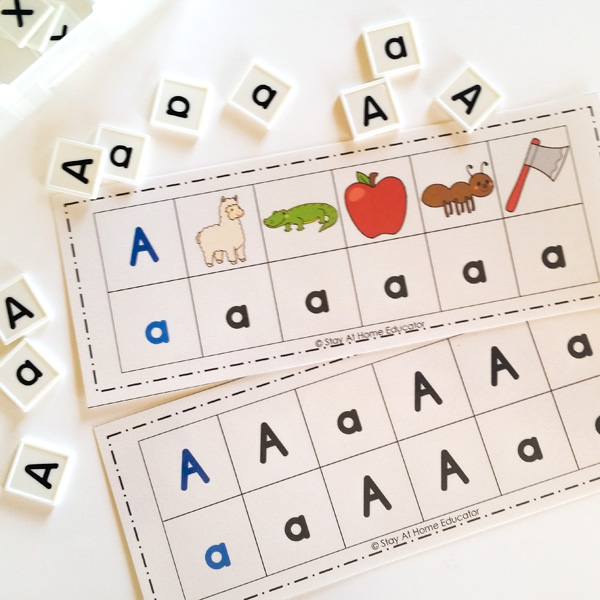
When planning letter recognition activities in the preschool classroom, keep in mind the following.
- Preschool children have a wide range of skills and abilities.
- Preschoolers may not all be ready to learn letter names at the same time, and never stay the same rate as their peers.
- Use visuals, such as alphabet cards and beginning sound cards.
- Practice “think aloud” strategies, which means to talk out-loud about the things you want your preschoolers to know and notice about each letter
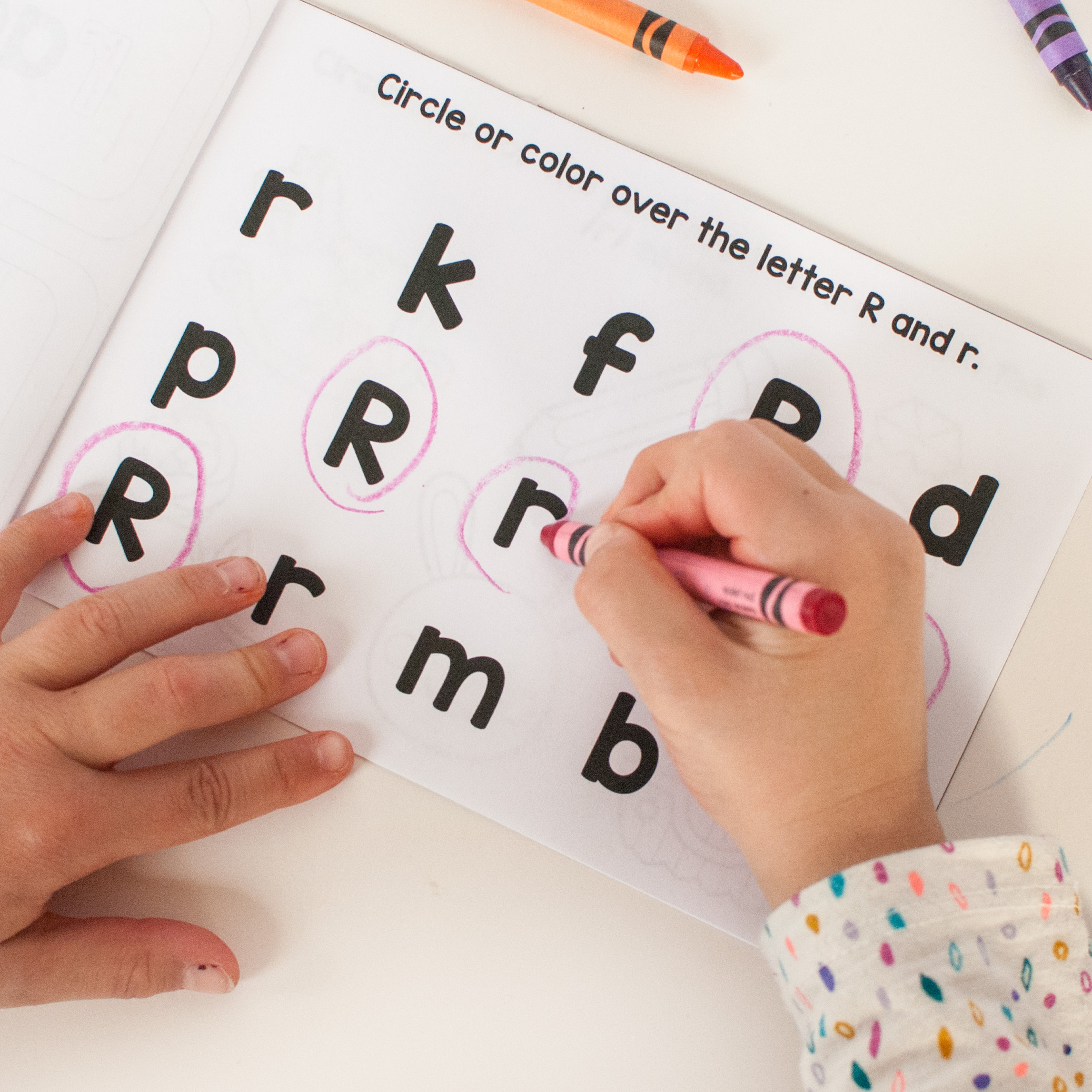
Letter Sequence is Not Always Alphabetical Order
There are several guidelines to follow when determining an instructional sequence for teaching letter recognition.
Keep in mind that the suggestions below refer only to letter naming and letter identification, not to teaching sound spellings.
Prerequisite Skills for Letter Recognition
Even before letter recognition, there are a few other skills that should be taught.
- Visual discrimination.
- This helps preschoolers learn to identify differences among lines and shapes. Visual discrimination can be taught in isolation and in “what’s different” or “what’s the same” activities.
- Find visual discrimination activities here, here, and here.
- Practice visual discrimination in the alphabet by sorting letters based on shape. Straight lines, versus curved. Tall letters versus short, etc. Letters versus numbers and symbols.
- Phonological awareness.
- Phonological awareness is critical for learning to read any alphabetic writing system. It is the precursor to phonemic awareness and phonics.
- Phonological awareness is the awareness of words and sounds spoken in language.
- That includes syllables, onset, rime, and phonemes.
What Order to Teach Recognition of Letters
- Teach high-frequency letters first.
- This means that it’s not necessary to teach letters in alphabetical order.
- Letters with higher frequency will have more meaning and allow more opportunities for preschoolers to practice letter recognition skills in various text contexts.
- Separate letters that are visually confusing.
- For example, if your preschooler is struggling with letters G and O, don’t teach them at the same time.
- Once letters have been mastered in isolation, provide sorting activities for additional comparison and practice.
- If your preschooler has a mature pencil grasp, teach letter formation in conjunction with letter recognition.
- When possible, teach letters that are simpler to print, often those with straight lines, before more complex letters.
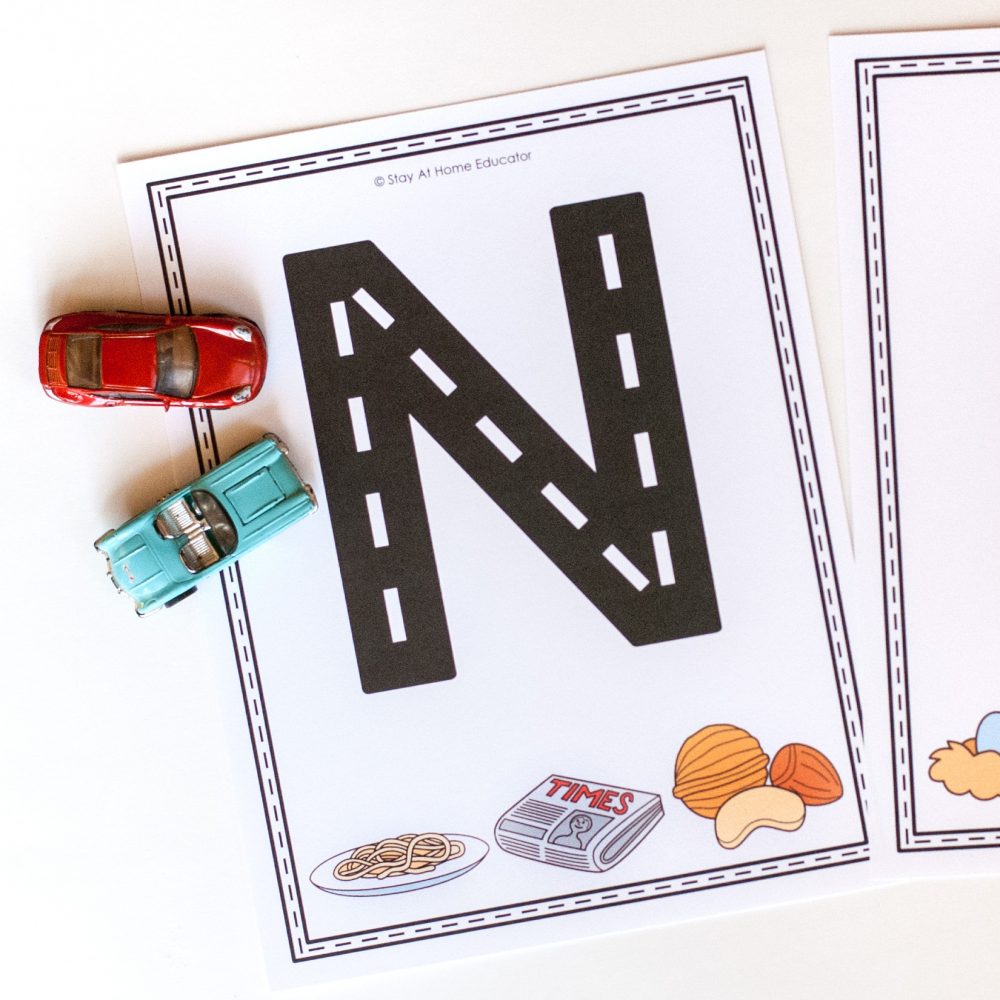
Want to Know More about Teaching Letter Recognition to Preschoolers?
Take all the guesswork out of it and grab the free download of my literacy scope and sequence for preschool.
This scope and sequence will show you exactly what literacy skills I teach my preschoolers and in what order for the entire school year.

I’m Sarah, an educator turned stay-at-home-mama of five! I’m the owner and creator of Stay At Home Educator, a website about intentional teaching and purposeful learning in the early childhood years. I’ve taught a range of levels, from preschool to college and a little bit of everything in between. Right now my focus is teaching my children and running a preschool from my home. Credentials include: Bachelors in Art, Masters in Curriculum and Instruction.


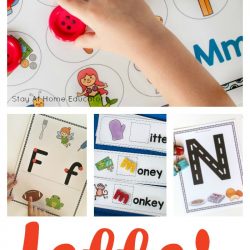
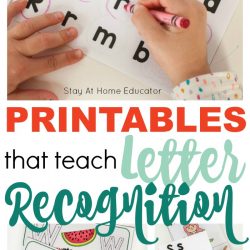
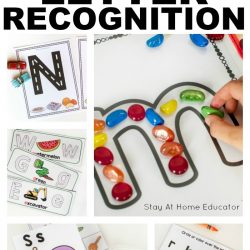
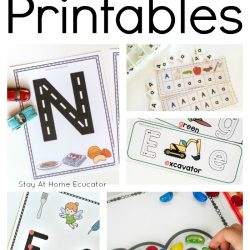
[…] Why Recognition of Letters is Important and How to Develop Letter Identification Skills […]